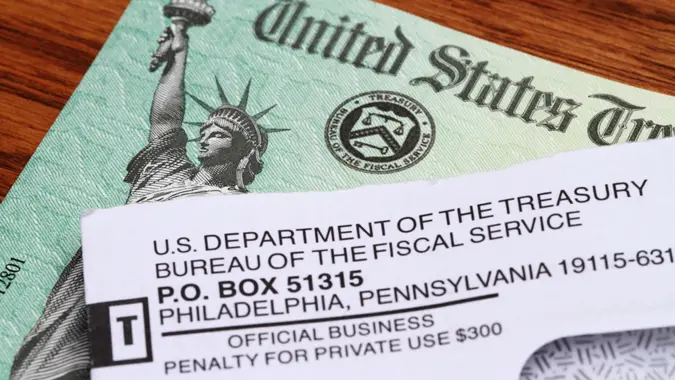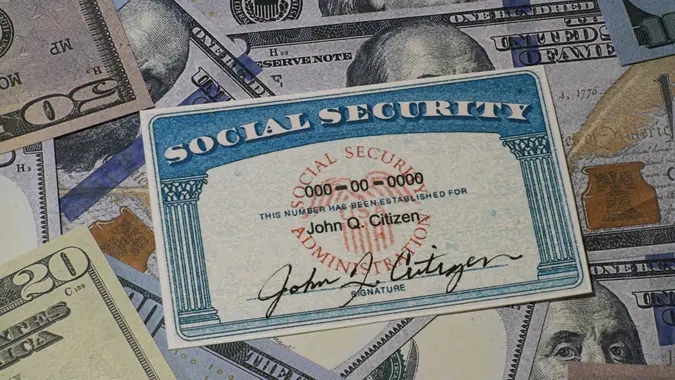Could You Survive Retirement Without Social Security?

Commitment to Our Readers
GOBankingRates' editorial team is committed to bringing you unbiased reviews and information. We use data-driven methodologies to evaluate financial products and services - our reviews and ratings are not influenced by advertisers. You can read more about our editorial guidelines and our products and services review methodology.

20 Years
Helping You Live Richer

Reviewed
by Experts

Trusted by
Millions of Readers
Per the Social Security Board of Trustees, the Social Security Administration (SSA) will be out of money by 2034. From that point, only approximately 78% of Social Security benefits will be covered by annual taxes.
This funding gap is due to a dwindling working-age population, longer life expectancies and a spike in retirees (in 2035, there will be over 78 million Americans over the age of 65, as opposed to the 56 million today). These numbers will pose an existential drain on Social Security, leaving it funded only by payroll taxes by 2035.
While those payroll taxes will keep Social Security alive, it will be to a much lesser extent. As time goes on, the SSA may struggle even further. It all leads to a simple, serious question: Could you survive retirement without Social Security if you had to?
How Much Retirement Social Security Currently Covers
First, take a look at the cost of a Social Security-free retirement.
According to the SSA, as of June 2025, the average Social Security monthly benefit payment is approximately $1,950.27. That monthly amount comes to just about $23,400 per year. Extrapolating those numbers further, that means Social Security across a 20-year retirement would equal $468,000 in Social Security payments. For a 30-year retirement, that comes to $702,000 in benefit payments. All of which means that, for a 20-to-30-year retirement, one should receive $468,000 to $702,000 — which also means that’s the amount of money you’d need to save in order to survive retirement without Social Security.
Take a look at your savings and investment accounts — are you on track to have $702,000 (at minimum) by age 65? Or even $468,000? Saving, and saving early, is the best was to put yourself on track to be able to retire without Social Security. A good rule of thumb regarding savings is the 50/30/20 rule, in which 50% of your income is used to pay for your needs, 30% for wants and 20% for savings. Consider even switching to 30% for needs and 20% for wants if you are behind.
Important to remember, though, is that some Social Security will still be available in 2035, but for the most comfortable retirement, you cannot rely solely upon that.
 Written by
Written by  Edited by
Edited by 

























